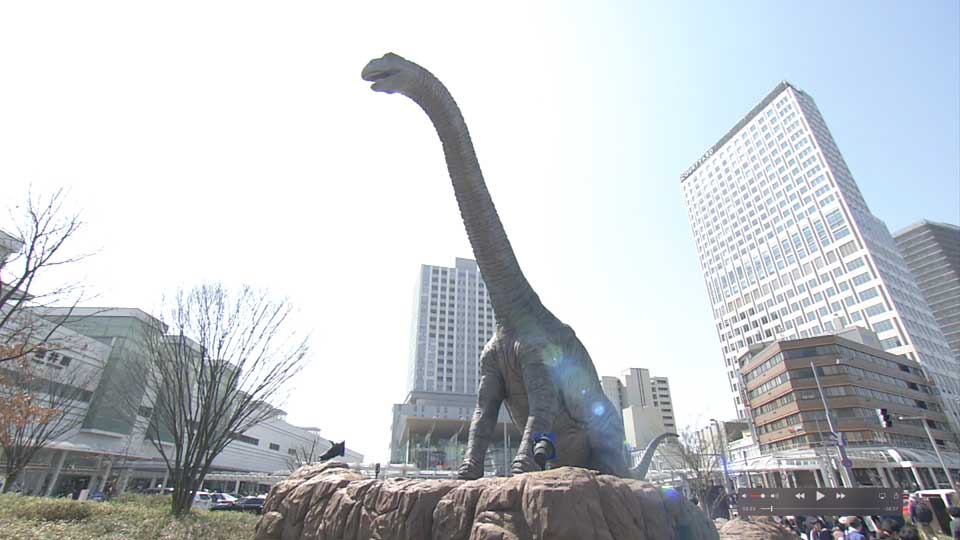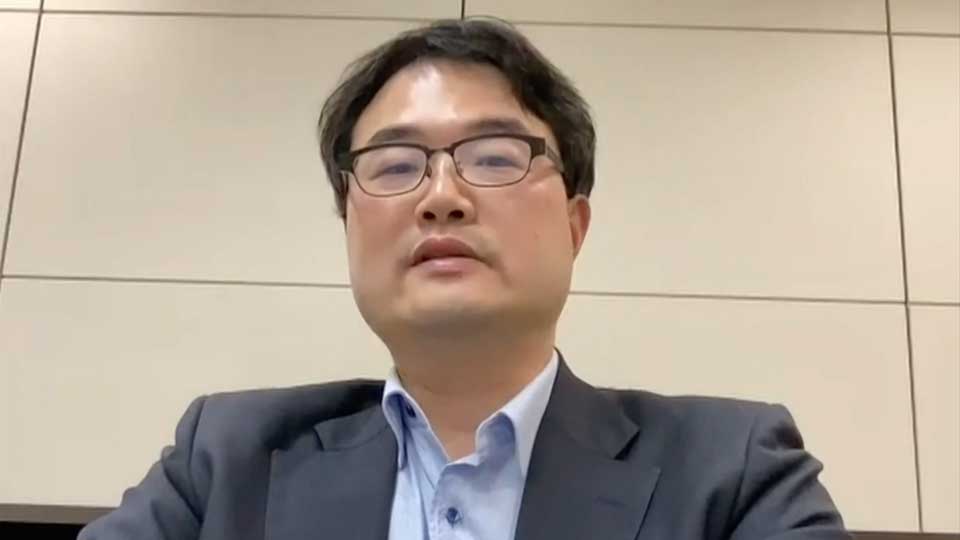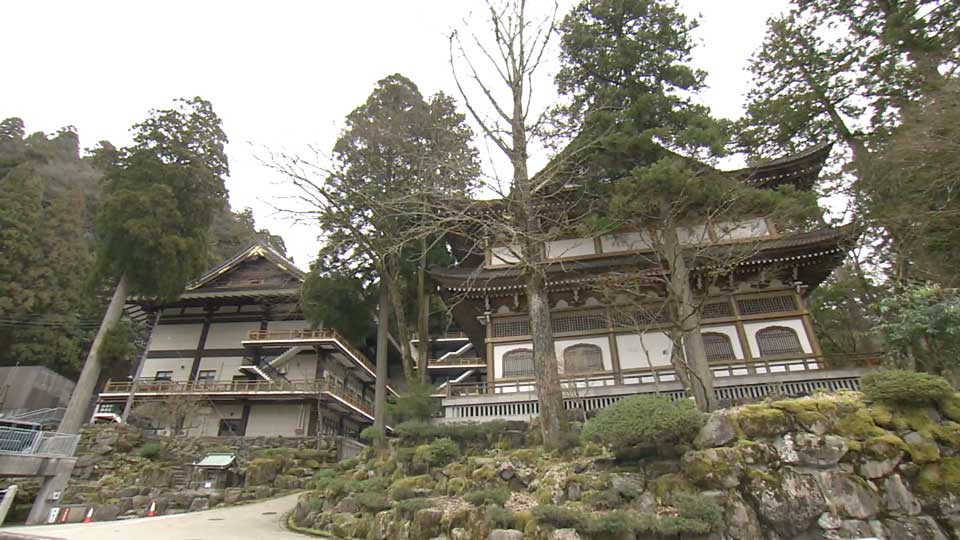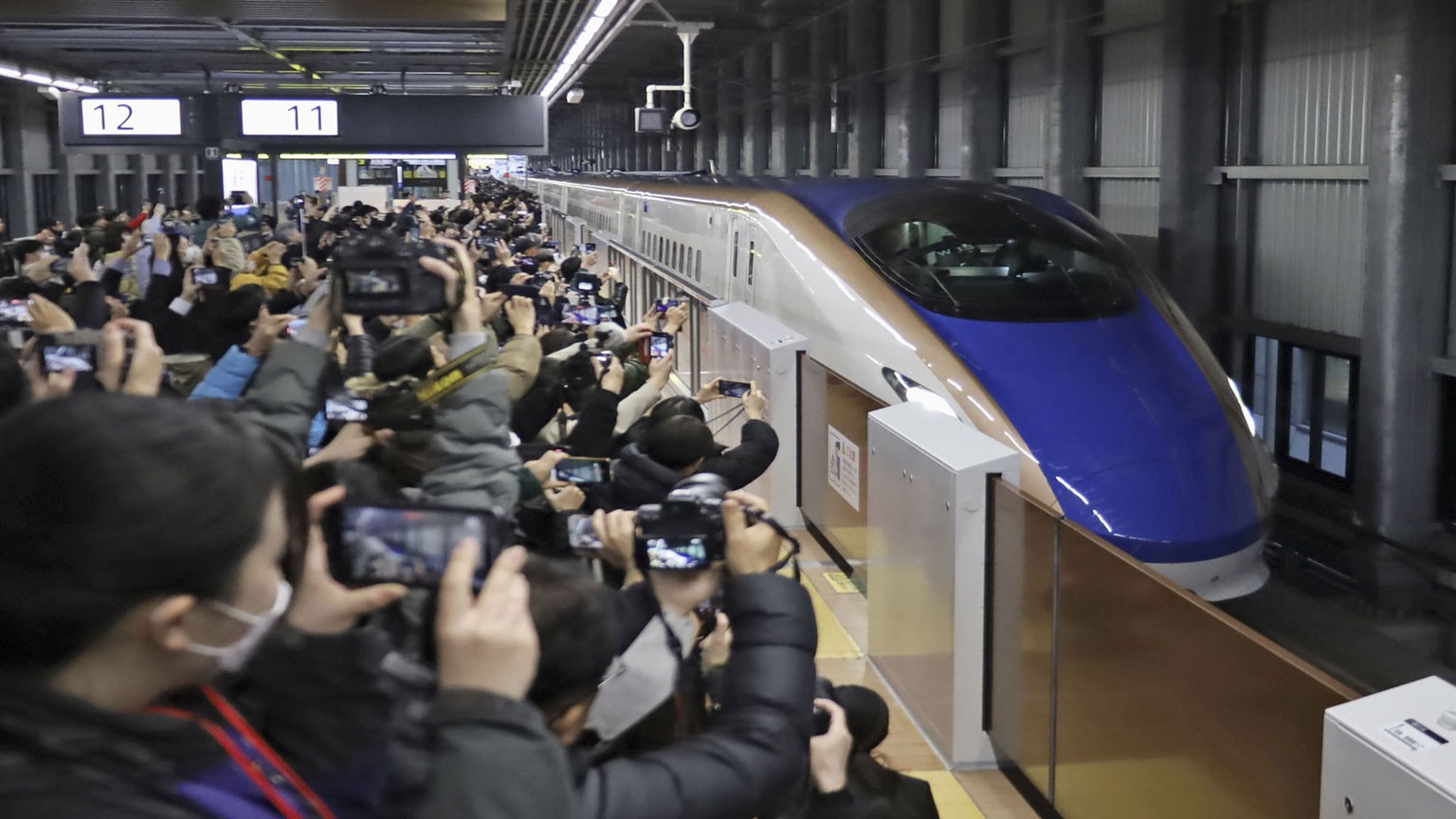It was a long time coming. The latest extension to the high-speed shinkansen system took more than 50 years to build and cost around 11 billion dollars. Running along the Sea of Japan coast, it brings bullet trains to Fukui prefecture for the first time.
Passengers began riding the extended Hokuriku line on March 16. The new service creates a direct connection between Tokyo and Tsuruga in Fukui Prefecture.
The line used to end at Kanazawa City in neighboring Ishikawa Prefecture. The new section adds 125 kilometers to the line, with six stations between Kanazawa and the final stop in Tsuruga.

Fukui's warm welcome
Fukui station is one of the largest of the new bullet train stops.
The direct link from Tokyo to Fukui shortens the journey to less than 3 hours with the fastest service — a saving of 30 minutes.
People packed the station and its surroundings on opening day, as various events were held to commemorate the arrival of the bullet train. That included an aerobatic team from the Japan Air Self-Defense Force, which left artistic streaks of vapor in the sky above.

The area around Fukui Station has become a hive of redevelopment in anticipation of better times ahead. Part of the commercial district opened to the public on the same day the high-speed train pulled into town.
A branch of the Marriott hotel chain occupies the top floors of one of the new buildings. It's the first major foreign hotel chain to operate in the prefecture.
Hope for more inbound tourism
Fukui is badly in need of a lift. It ranks second from bottom among Japan's 47 prefectures for the number of inbound tourists. That's despite a wealth of attractions; it's home to one of the world's leading dinosaur museums, a globally renowned temple and regional delicacies that get a high rating from foodies.
Iida Kazuyuki, an analyst at the Hokuriku branch of the Development Bank of Japan, tracks the impact of bullet trains on regional economies.
Iida expects the latest bullet train extension to deliver an economic boost of more than 200 million dollars for Fukui Prefecture. And that doesn't include the expected boost from international visitors, so the gains could be much greater.
"Kanazawa saw a threefold increase in visitors after the bullet train was extended there in 2015," said Iida. "I think the same thing will likely happen (in Fukui)."

Challenges to tourism
But fast trains are only the first step. To pull in more visitors — from both in and outside Japan — Fukui will need to up its game.
According to Iida, that will require more digital savvy on the part of local officials and businesses. Social media tools can help them identify where and what visitors are interested in. The same global platforms can also be used to market the prefecture's attractions. That includes bringing attention to traditional crafts in the region, and perhaps promoting workshops in some of the villages to high-end tour groups.
One challenge is Fukui's severe labor shortage. The ratio of job openings to job applicants is one of the highest in Japan. A shortage of drivers — to take just one example — can make it hard for visitors to get to their destination, no matter how fast the train from Tokyo arrives.
Another obstacle: major tourist spots are located some distance from the station. Eiheiji Temple, where Steve Jobs once considered becoming a monk, is a 30-minute drive from the station. The dinosaur museum is even further.

Bus offers VR immersion
One bus company believes the solution is to keep passengers entertained. Testing this theory, it has covered the interior of one of its buses with display screens. Even the windows are pixelated. The result is a mobile metaverse, allowing passengers to immerse themselves in a prehistoric landscape of dinosaurs ... yet more proof, it's all about the journey. The bus is scheduled to start running in June.
As Fukui charts its course to a more prosperous future, the bullet train extension is already proving a catalyst for growth, innovation and renewed optimism in the region.

